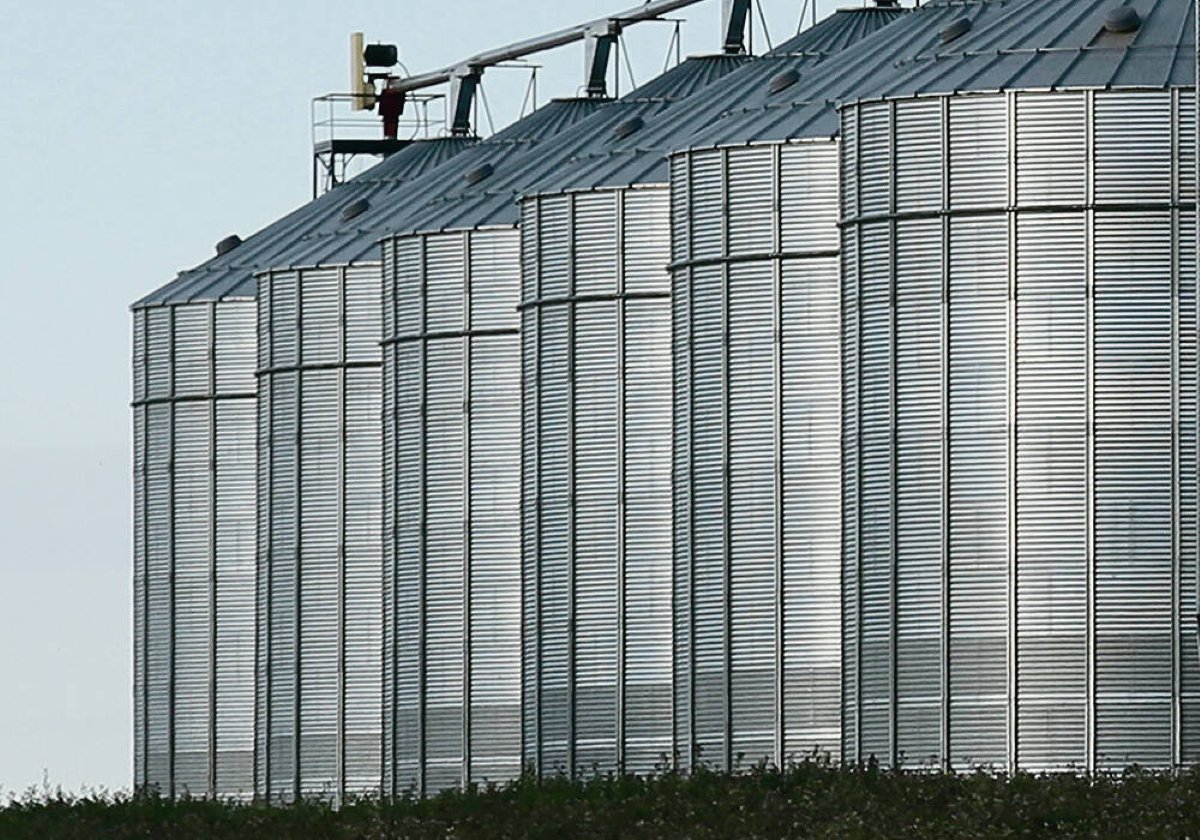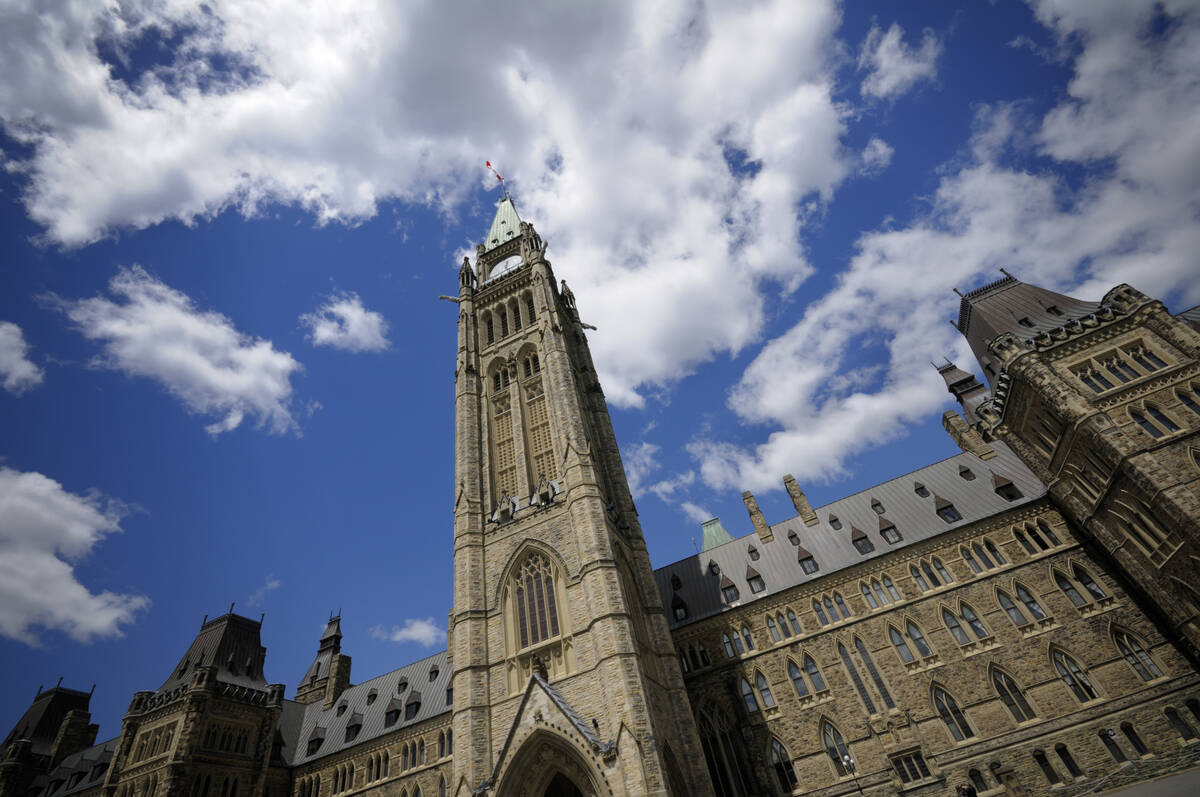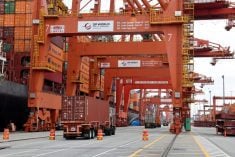Highlights:
- The budget includes about $1 trillion in investment and posts a deficit over $78 billion.
- The government set a goal of doubling non-U.S. exports over 10 years.
- The federal government proposes to increase the AgriStability compensation rate to 90 per cent from 80 per cent and the payment cap per farm to $6 million from $3 million.
- The Advance Payments Program for canola will see $97.5 million spent over two years to increase the interest-free limit on advances to $500,000 for the 2025 and 2026 program years.
- Agriculture and Agri-Food Canada will wind down, streamline or realign some of its research to better fit government priorities. Agricultural Climate Solution Living Labs will be phased out.
The 2025 federal budget puts a hefty focus on trade diversification along with pledged investments into biofuel production and increased business risk management supports.
The “Canada Strong” budget is touted as a “plan to transform our economy from one that is reliant on a single trade partner, to one that is stronger, more self-sufficient, and more resilient to global shocks” in a federal news release.
It boasts some $1 trillion of investments. It also posts a $78.3 billion deficit.
Read Also

ADM cuts 2025 profit outlook on biofuel and trade uncertainty; shares tumble
Archer-Daniels-Midland cut its 2025 profit forecast for a third straight quarter on Tuesday as U.S. biofuel policy uncertainty and global trade disruptions pressured oilseed crush margins.
Investments in transport and trade diversification
The Carney government pledged several efforts to guide Canadian exports, including agri-food, away from overreliance on the American market.
“Canada’s trade remains heavily concentrated with a single partner: the United States,” the budget document says. “At the same time, Canada has significant untapped potential to diversify its trade.”
The budget sets a goal to double non-U.S. exports over 10 years. It says this will generate $300 billion more in trade.
This goal includes a new strategic exports office at Global Affairs Canada, which aims to pave the way for Canadian companies and international business opportunities.
The Asia-Pacific region will be an area of particular focus for Canadian exports going forward, which the budget identifies as a “critical market for Canadian agriculture.”
The government pledged $5 billion over seven years toward a trade diversification corridors fund through Transport Canada, beginning in 2025-26.
It also promised an additional $68.5 million over four years to enhance CanExport, which encourages small and medium-sized businesses to find markets abroad by sharing the costs of international business development activities like legal expenses and market research.
Aside from Asia, the budget also promises new trade efforts in the European market, including $8 million over four years to Global Affairs Canada to deepen trade relationships with European partners, beginning in 2026-27. This same period will also see $20 million to enhance the agency’s capacity to negotiate and implement trade investment-related agreements.
Despite challenges from export markets, the budget notes Canada’s domestic-facing sectors have been faring well. It gives credit to Canadians intentionally redirecting spending to domestic industries.
Direct investments in agriculture programs
The budget promises to help Canada’s agriculture sector to “adapt and respond to economic challenges and a shifting trade environment, while positioning them to take advantage of new opportunities.”
One major investment is in the AgriStability program, where the compensation rate will be increased from 80 per cent to 90 per cent and the payment cap per farm raised from $3 million to $6 million. The government will also work to will identify barriers underrepresented groups face in accessing farm financing.
The Advance Payments Program for canola will see $97.5 million spent over two years to increase the interest-free limit on advances to $500,000 for the 2025 and 2026 program years. In September, the federal government announced it would temporarily increase the interest-free portion to $500,000 from $250,000 to help farmers facing market disruptions due to Chinese tariffs on canola.

The AgriMarketing program has $75 million earmarked to enhance diversification and promotion into new markets over five years, starting in 2026-27.
The biofuel sector will be another recipient of government investment. In a move telegraphed earlier this year, $372 million over two years will go to a Biofuels Production Incentive to support domestic biofuels producers beginning in 2026. This repurposes $175.2 million from the Clean Fuels Fund.
The government also said it intends to amend the Clean Fuel Regulations to support the domestic biofuels industry.
Changes within government bodies
Agriculture and Agri-Food Canada (AAFC) and the Canadian Food Inspection Agency (CFIA) are set to see changes and streamlining.
AAFC will reorient programming, research and expenditures to better align with the government’s overall priorities. This will include phasing out programs outside the core mandate like the Agricultural Climate Solution Living Labs and reducing scientific activities where a “more streamlined approach can be taken.”
The budget proposes several measures withing CFIA to support increased food exports, including modernized trade tools to simplify processes and reduce the risk of errors and product safety concerns overseas.
CFIA will also receive $32.8 million over four years, beginning in 2026-27, to “secure, expand and restore market access for Canadian agriculture and agri-food, fish and seafood sectors,” including looking to other countries for new trade agreements and better market access.
Other investments and projects
The budget included several other projects and legislative changes which could support the agriculture sector. They include:
- An amendment to the Farm Credit Canada act which would require regular legislative reviews to ensure alignment with the needs of the agriculture and agri-food sector.
- “Winding down mechanisms to return direct fuel charge proceeds to Canadians, small- and medium-sized businesses, farmers, and Indigenous governments,” following the cancellation of consumer carbon pricing.
- Nation-building projects to expand trade corridors, including upgrades the Port of Churchill.
- Consideration to invest in projects like ports in Quebec and rail lines in Alberta and rail infrastructure on the West Coast.
- A proposed extension of the 2005 agricultural cooperative tax rules to apply in respect of eligible shares issued before the end of 2030.
- The Contrecoeur Terminal Container Project, which will expand the Port of Montreal’s capacity by approximately 60 per cent to boost Eastern Canada’s trading infrastructure, to be completed in the first round of major nation-building projects.
















